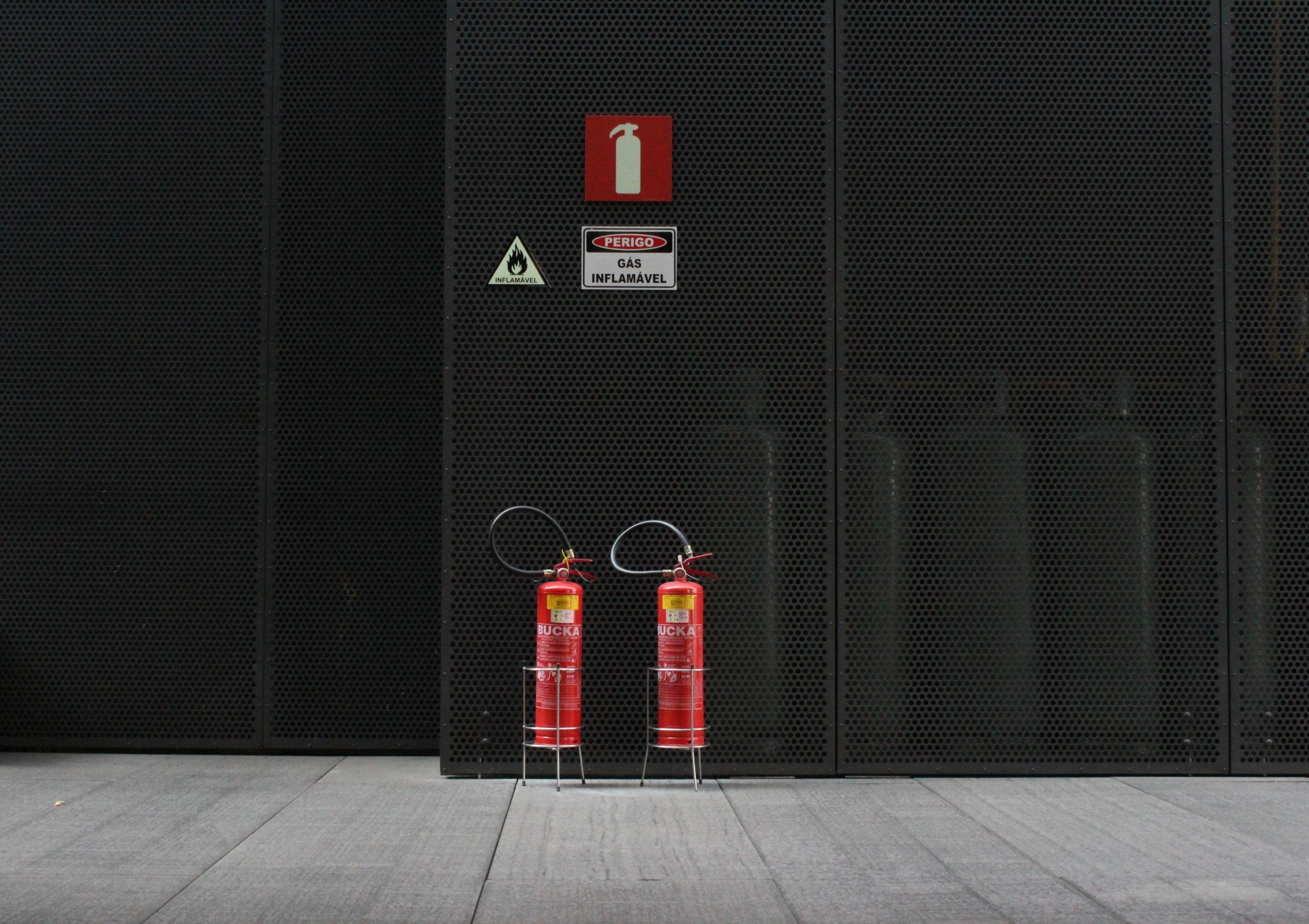Safety in the fire department of Sydney is not just something you can check off the boxes for compliance. The Annual Fire Safety Statement, also known as AFSS is at the heart of this system. The document not only is compliant with all legal requirements, it shows a property owner’s commitment to safety and accountability. In conjunction with the Fire Safety Certificate, the AFSS forms the basis of a system designed to ensure the safety of building occupants, reassures insurers, and gives councils confidence in the structures of their city.

Why the Annual Fire Safety Statement Is Required?
The requirement for an Annual Fire Safety Statement Sydney was not originally designed to be a paper exercise. The fire protection systems will only be effective if they’re regularly maintained tested, certified and verified. It could appear that a sprinkler installed ten years ago works just fine, but it can’t perform in an emergency situation when the system hasn’t been inspected.
The AFSS demands that owners prove every 12 months that their fire safety devices such as alarms, hydrants and exit lighting, remain in compliance with the requirements originally set out in the Building Code of Australia. The AFSS is not only an inspection but also a public declaration of the security and resiliency of the structure in the event of a major incident.
What is the main difference between AFSS and Fire Safety Certificates?
Owners frequently make the mistake of confusing the Fire Safety Certificate with the annual report, however the two certificates serve distinct functions. The certificate is issued when a new system is installed or after major improvements are completed. It demonstrates that the latest measures meet the requirements before an apartment or tenancy building can be leased. The AFSS is, on the contrary is a different matter. It’s a recurring obligation that makes sure the systems meet the requirements each year.
They are able to create a protection loop when they’re joined: the certificates confirm that the safety systems were installed properly and the annual reports verify that the systems are maintained over the lifetime of the building. If one step is not completed then the entire chain of protection is at risk.
The responsibility of the owner of the building
In New South Wales, the AFSS process is unique in the sense that the owner of the property has the final responsibility. The AFSS does not have any hierarchy of defects in contrast to other forms, where they are classified as minor or serious. If one step fails, the whole statement is ineffective.
The owners have to take the initiative. To keep deadlines in mind, they should organize inspections, employ certified professionals, schedule repairs, and submit documents to the council. For commercial landlords and strata committees, this also involves coordination with tenants and contractors as well as insurers. The structure, though challenging but is designed to make sure that safety is not impaired or delayed.
The Impact of AFSS Beyond Sydney
The AFSS isn’t only regarding legal compliance. It has more broader implications. The current fire safety statement is usually sought by tenants when they are deciding on whether or whether to lease a area. Insurance companies also need this document prior to finalizing the insurance coverage. An up-to-date annual declaration on fire safety can impact the value of a building, tenant confidence, as well as insurance premiums.
It provides councils with a reassurance of the regular surveillance of the buildings of Sydney. It means that fire authorities can have greater confidence in the system’s ability to function during emergencies. This reduces risks for firefighters as well as the occupants. In essence it is that the AFSS does not just focus on protecting buildings in particular, but also about creating a safer and more secure city in general.
Conclusion: AFSS As a Standard of Trust
The requirement to have an annual Fire Safety Declaration Sydney may seem like an administrative burden, but it is really an indicator of trust. It proves that the fire safety measures are not just left to chance. It also proves that the apparatus is trustworthy and that building owners take responsibility for their residents their well-being. When paired with a fire safety certificate, it completes a system that verifies both the installation and the ongoing performance of critical safety measures.
For property owners, the lesson is obvious: the AFSS is much more than just an annual deadline. It’s a commitment to community trust, safety and accountability. The AFSS is invaluable in Sydney’s rapidly expanding urban landscape, in which thousands of residents depend on reliable and secure buildings.





